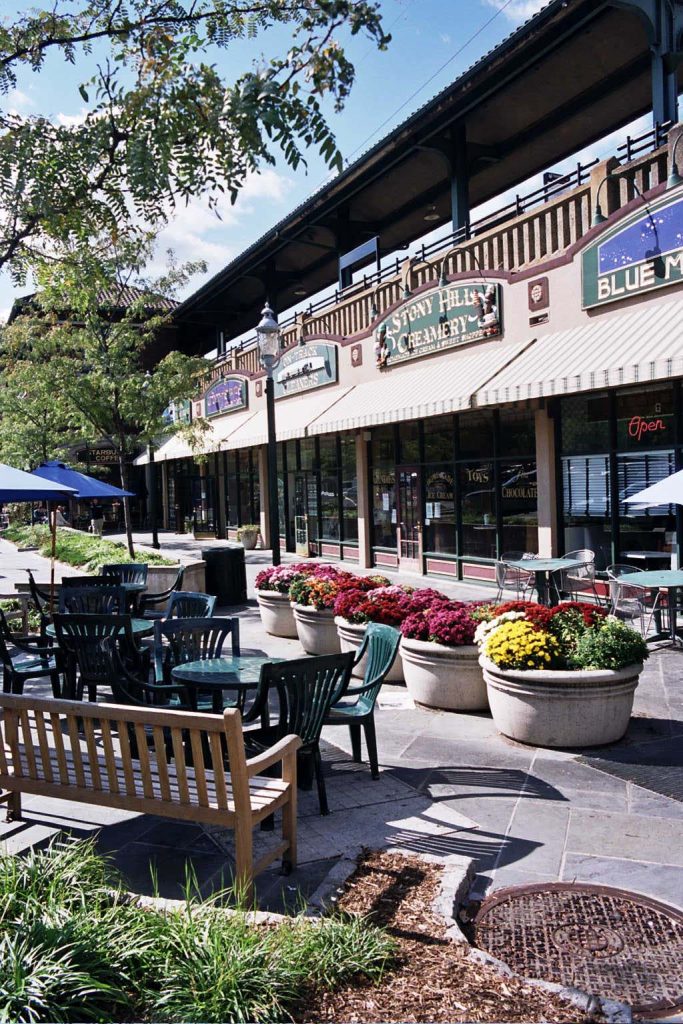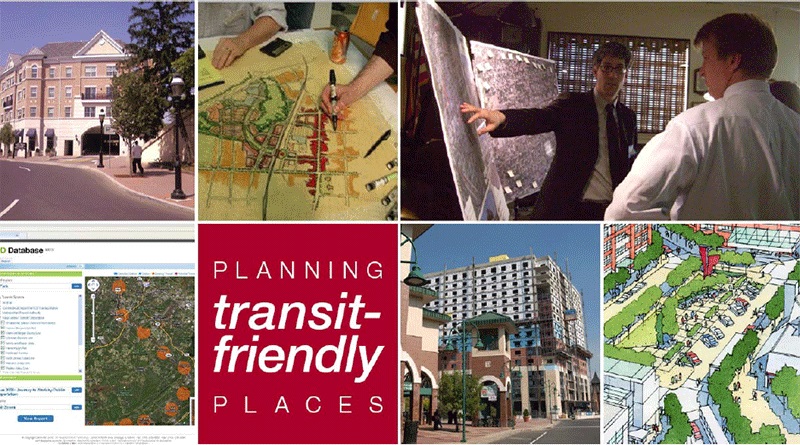In recent years, there has been a growing recognition across America that transit—and the coordination of development around transit—plays a key role in the creation and maintenance of livable and sustainable communities. In New Jersey, leaders at the state and local levels have acknowledged the potential of transit-oriented development (TOD) to revitalize or reinforce communities.

Spearheaded by the award winning Transit Friendly Planning Program (former known as the Transit-Friendly Communities Program) at NJ TRANSIT, the New Jersey Transit Village Initiative, and generous planning assistance grants provided by the state’s Office of Smart Growth, there is strong evidence that New Jersey is clearly on the cutting edge of TOD planning and implementation in the United States.
Building on this momentum, NJ TRANSIT and the Alan M. Voorhees Transportation Center (VTC) at Rutgers, The State University of New Jersey, have teamed to create an electronic newsletter on TOD that will engage a wide audience. VTC is a national leader in the research and development of innovative transportation policy and it was one of the original partners with NJ TRANSIT in the creation of the Transit-Friendly Communities Program for New Jersey in 1999. The Center has also been monitoring the New Jersey Transit Village Initiative for the New Jersey Department of Transportation over the last three years.
It is hoped that through feature articles, news updates, and suggested readings, Transit Friendly Development will lead and inform the TOD conversation in New Jersey’s diverse communities—spreading the word about best practices, model programs, legislation, and the key issues that affect TOD’s acceptance at the local level.
More broadly, Transit-Friendly Development will provide a medium where county leaders, municipal decision-makers, and the public at-large can learn how to create livable, sustainable, and thriving places—and discover why such places are vitally important to New Jersey as it moves ahead into the 21st century. We hope you enjoy this inaugural issue.

